Colombia is undoubtedly one of the jewels of this planet: one of the 17 megadiverse countries of the world and home to almost 10% of the Earth’s known species. With the Caribbean Sea and its paradisiac beaches, the lush tropical rainforest, the summits of the Andes and the sublime islands scattered around the coast, it is difficult to choose where to go to. When we heard that we were going to present our work at the International Congress on Biodiversity Conservation happening in Cartagena in July 2017, we immediately started planning a three-week trip that would allow us to explore some of Colombia’s natural richness. We started with the famous Sierra Nevada de Santa Marta and its epic Lost City Trek, followed by a few days in the Tayrona National Park, then we flew back to Bogota and headed to the splendid Chingaza National Park where we found Andean bears (find the story here) and stopped by the Hummingbird Observatory (find all the pictures here). But the place I so wanted to get to was lying further away in a region that had been for long too dangerous and too remote to be visited: Los llanos.
The llanos are tropical flooded plains located across parts of Venezuela and Colombia. They could be compared to the African savannas, even though they are not inhabited by lions, zebras and giraffes, but by other, much less-known animals. I had dreamed of going there since I was a teenager, after having read an article in the Terre Sauvage magazine, named ‘Venezuela – The Fabulous Bestiary of the Llanos’. Back then, I never thought I would get to see such exotic and remote-looking places in my life, but we made it to the (Colombian) llanos in July 2017, thanks to the expertise of Andes EcoTours.

We left from Chingaza National Park, still excited about our close encounter with the Andean Bear. The drive was long but unforgettable: from the cold heights of the Andean paramo, we descended through temperate montane forests, down to blistering hot grasslands. We saw the world change around us in the most unbelievable way: the small Andean birds became flamboyant ibises, storks and toucans while the elusive bear and deer turned into capybaras, anteaters and howler monkeys.

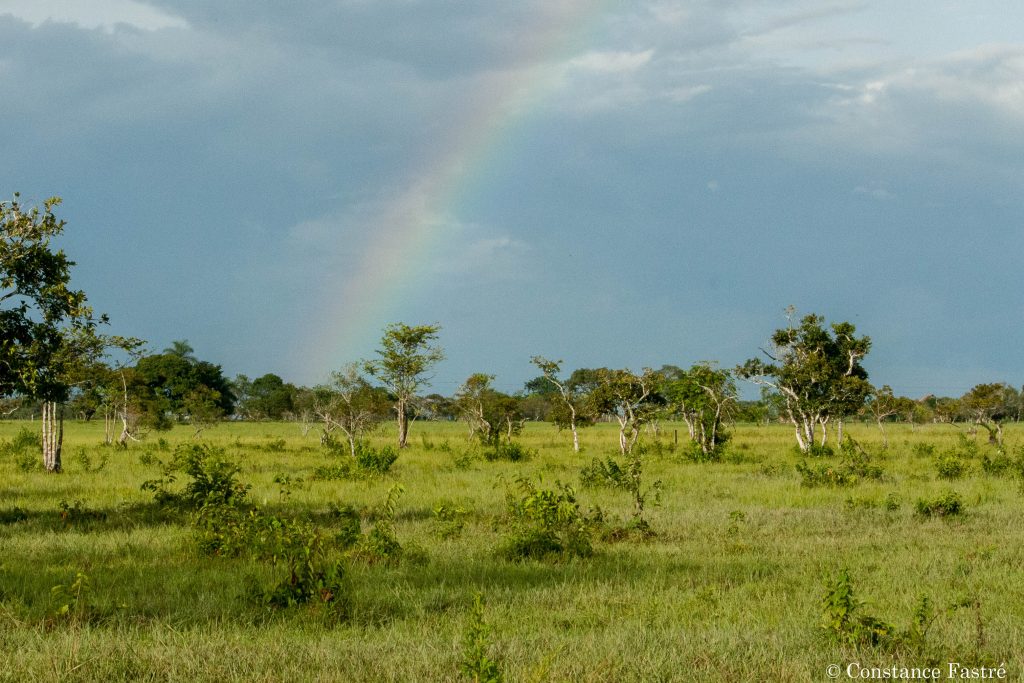
However, July is not the best time to visit the llanos: the usual hot and moist weather is even warmer and more humid which means that when torrents of rain are not falling from the sky, the blazing sun leaves no respite. Even though we were constantly warm and sticky, we absolutely loved it there. Imagine grassland as far as the eye can see, scattered forested islands, large ponds and in the horizon, the blue shape of the mountains.
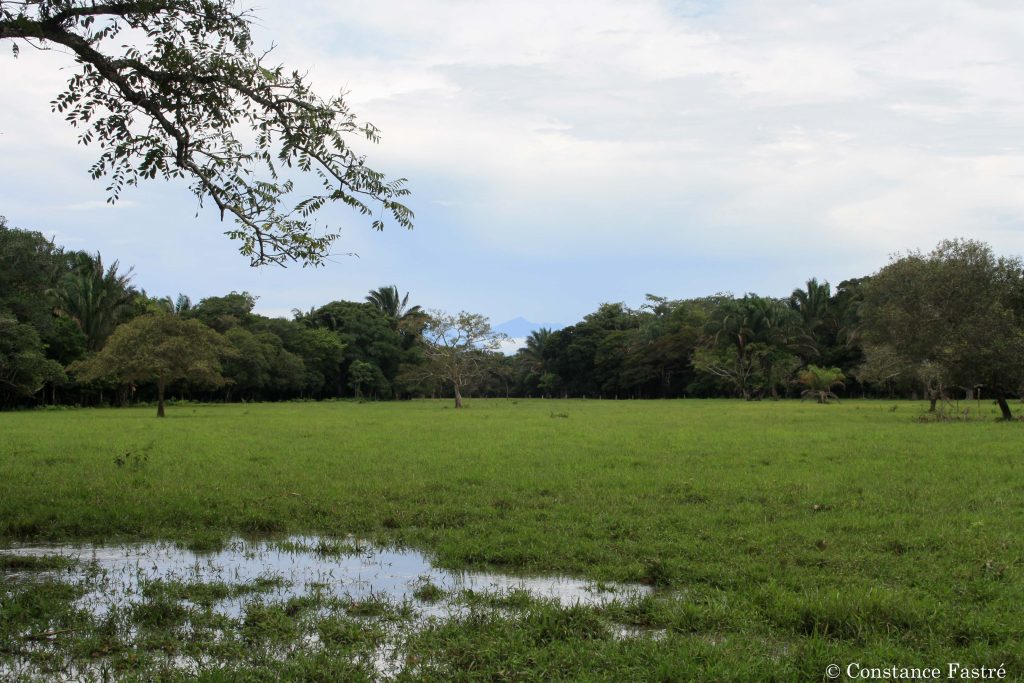

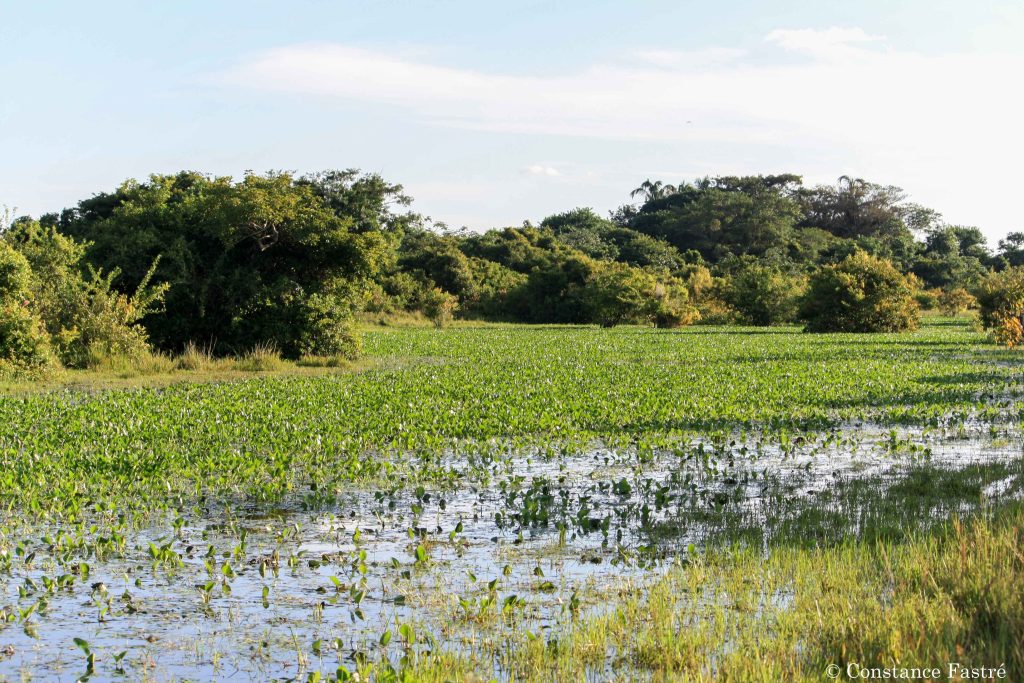

The Colombian llanos are not wild, as we would define it. In fact, in the region we visited near the city of Yopal, most of the plains have been transformed in huge ranches, called haciendas, containing thousands of cows. It sounds awful for wilderness lovers, but luckily some of these haciendas manage their land in a wildlife-friendly way, allowing all sorts of animals to live alongside the cattle.
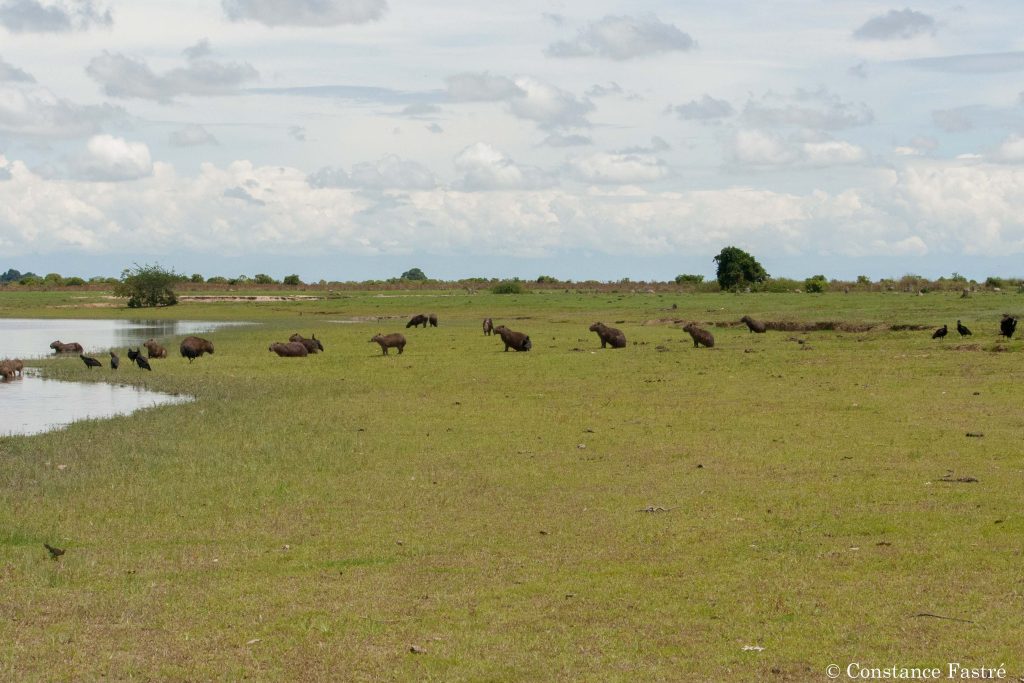
Our first day was spent exploring the nature reserve of Hato Mate de Palma. We set off on foot and quickly found ourselves walking among dozens of Capybaras (Hydrochoerus hydrochaeris). The world’s largest living rodent is a gentle, zen-looking vegetarian and is an excellent swimmer. Either grazing peacefully or lying in the shade, capybaras quietly got out of our way to take a swim in the pools, their noses sticking out.
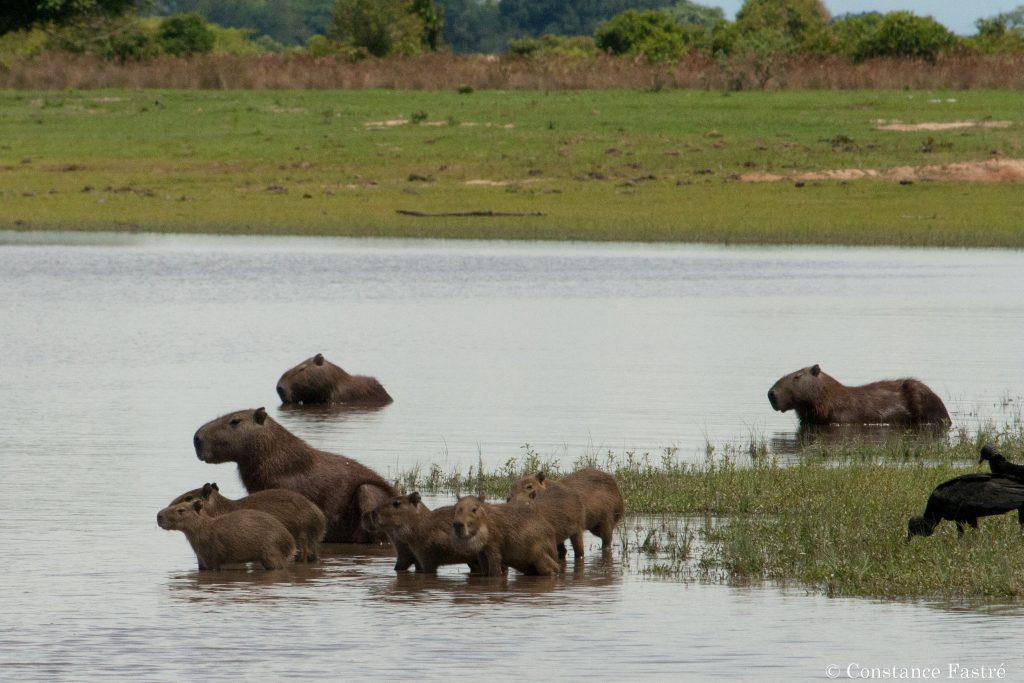

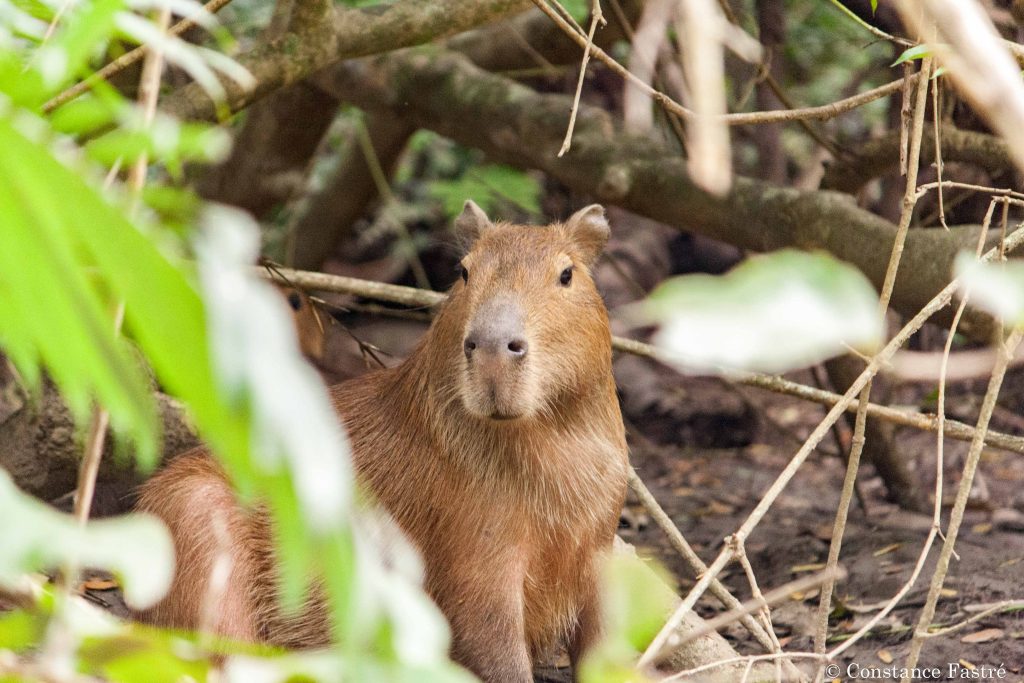
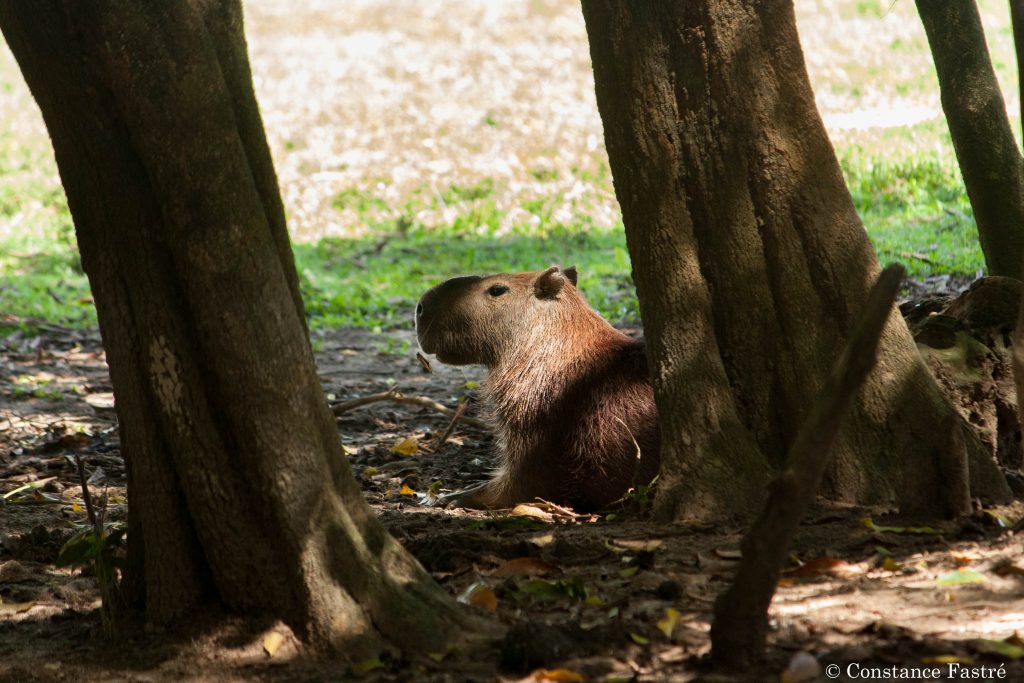
The horizon was blurred by the heat rising from the ground where Common Green Iguanas (Iguana iguana) and plenty of Black Vultures (Corapgyps atratus) stood motionless. It was so still and quiet. Everywhere were wonderful birds to see: Burrowing Owls (Athene cunicularia) and Lesser Yellow-Headed Vultures (Cathartes burrovianus) on the wooden posts, Great Horned Owls (Bubo virginianus), Whistling Herons (Syrigma sibilatrix) and Savanna Hawks (Buteogallus meridonalis) in the trees, Purple Gallinules (Porphyrio martinica) and White-Faced Whistling Ducks (Dendrocygna viduata) around the ponds. The Fork-Tailed Flycatchers (Tyrannus savanna) catching flies with acrobatic movements, their long tails making shapes in the air, were particularly delightful sights. And then we didn’t even mention yet the kingfishers, jacamars, aracaris, tanagers, ibises, and the icing on the cake: the Jabiru (Jabiru mycteria).
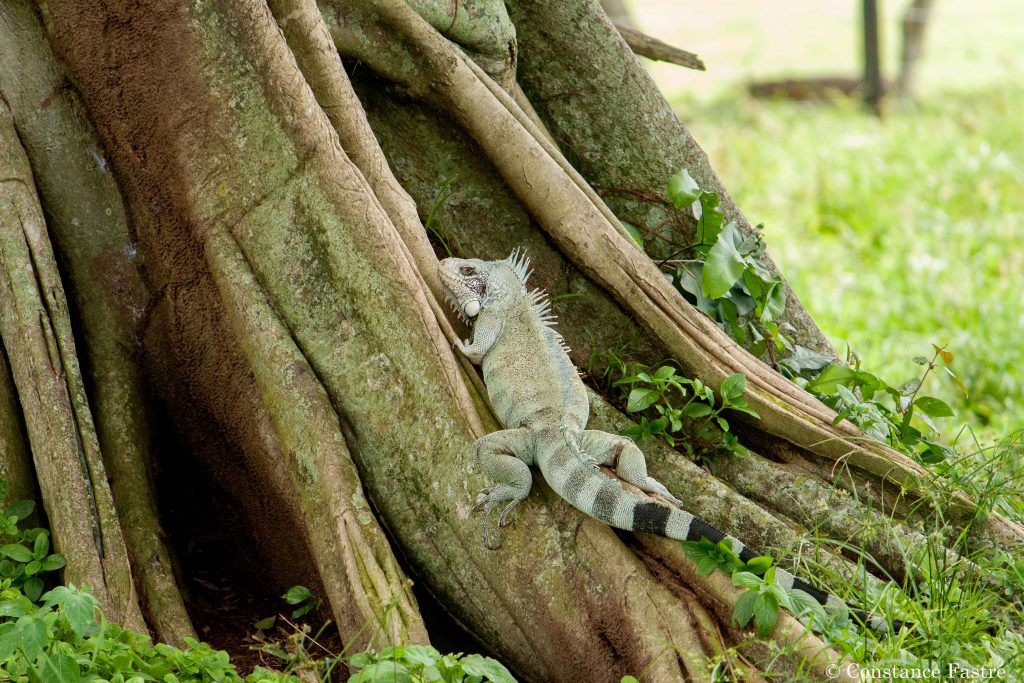

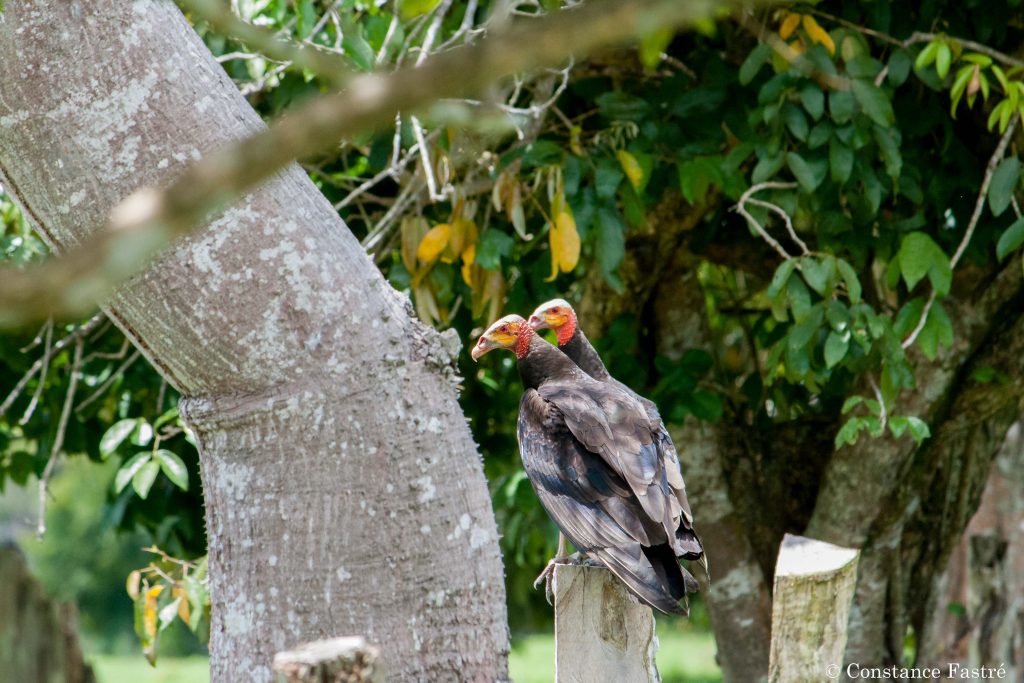
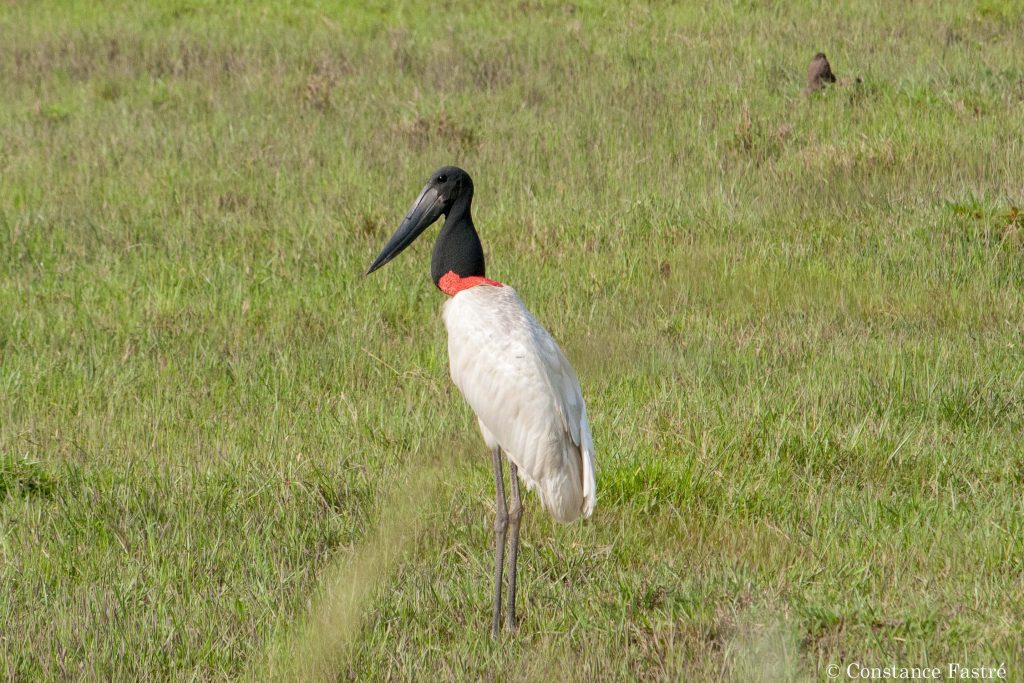

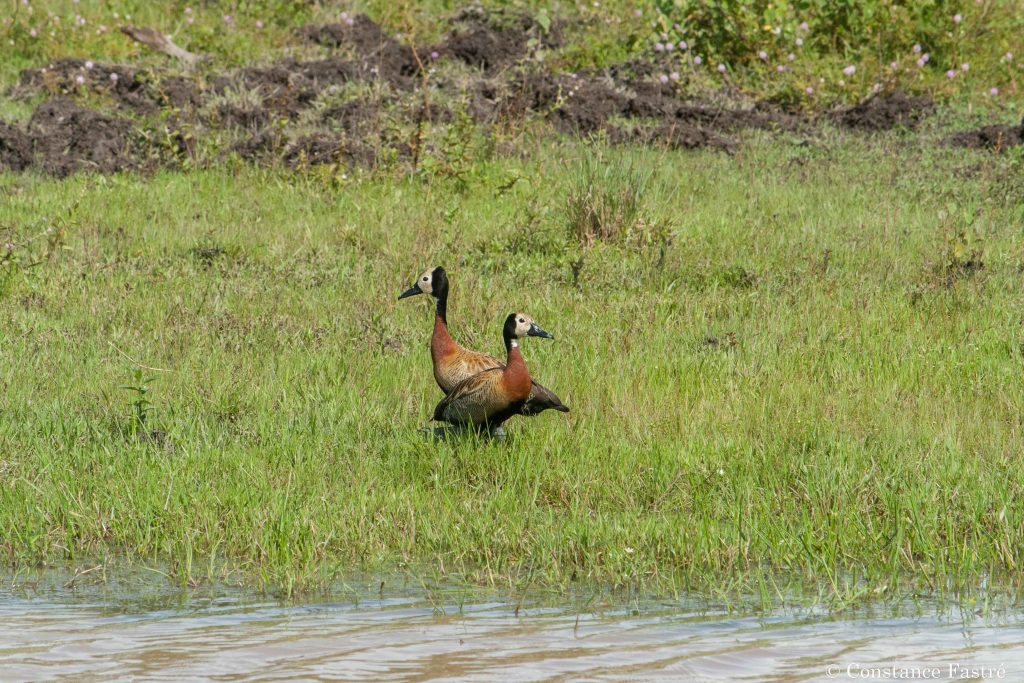
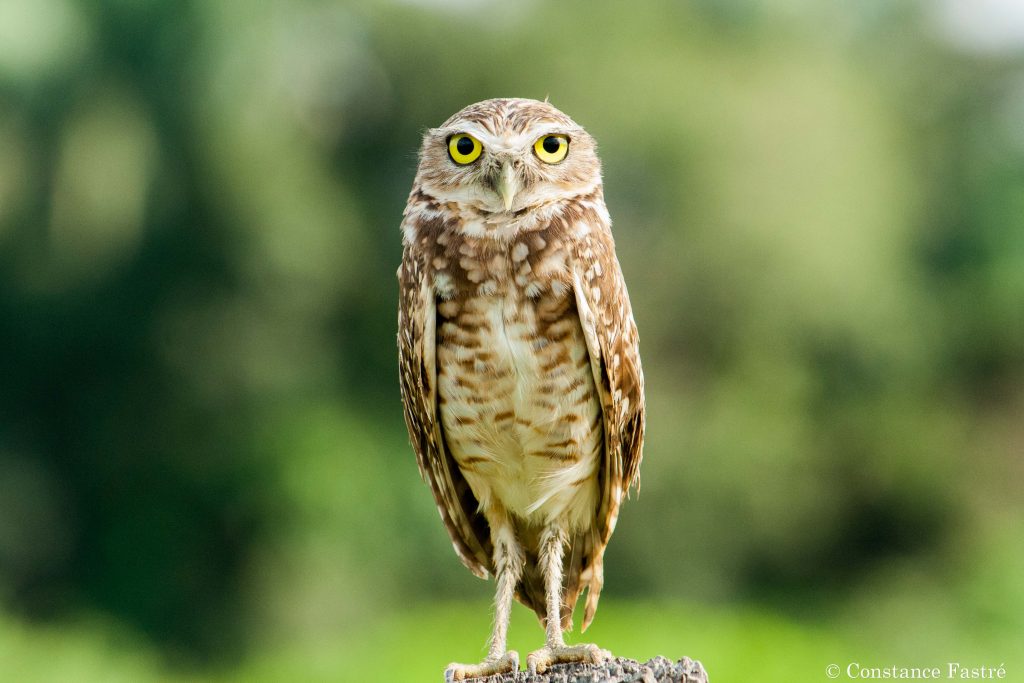

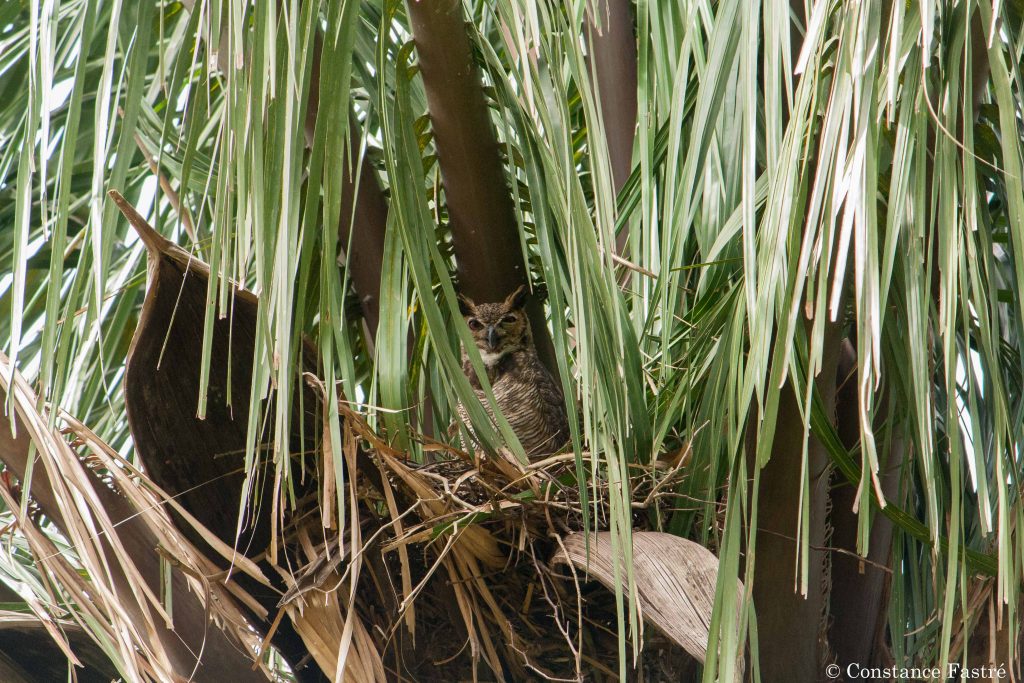

It often felt like we did not have enough eyes to see everything around us: we found Red-footed Tortoises (Chelonoidis carbonarium) hiding in the bushes, saw White-Tailed Deer (Odocoileus virginianus cariacou) jumping around at the edge of the ponds at dusk and glimpsed a Grey Fox (Urocyon cinereoargenteus) in the headlights of the car at night. The diversity of life in the llanos is incredible..


Capybaras may look other-worldly, but they are nothing compared to the two species of anteaters you can meet in the llanos: the Giant Anteater (Myrmecophaga tridactyla) and the Southern Tamandua (Tamandua tetradactyla). Both species feed solely on ants and termites and are characterized by an elongated snout and a long sticky tong perfectly designed to catch ants hiding in the small crevices of their nests. While giant anteaters live mostly on the ground, scouring the land by day in search of ant mounds, tamanduas are found in trees where they actively hunt ants at night. Because they sleep in tree holes during the day, sightings of tamanduas are rare. We were however relatively confident we could see a Giant Anteater: due to their large size and their highly mobile behaviour, these gentle giants should be easy to spot, if you know where they live. Luckily, our local guide knew of one area occupied by an anteater and we headed on the second morning to La Independencia, South of Yopal, ready to scan every centimetre of the grassland in front of us with our binoculars. The Giant Anteater showed up indeed but did such a good job hiding behind the bushes that we only caught a glimpse of him before he disappeared in the forest. We were quite disappointed to say the least, but we did not have time to sulk and we soon set off for a walk around the area, where two different species of monkeys were known to reside!
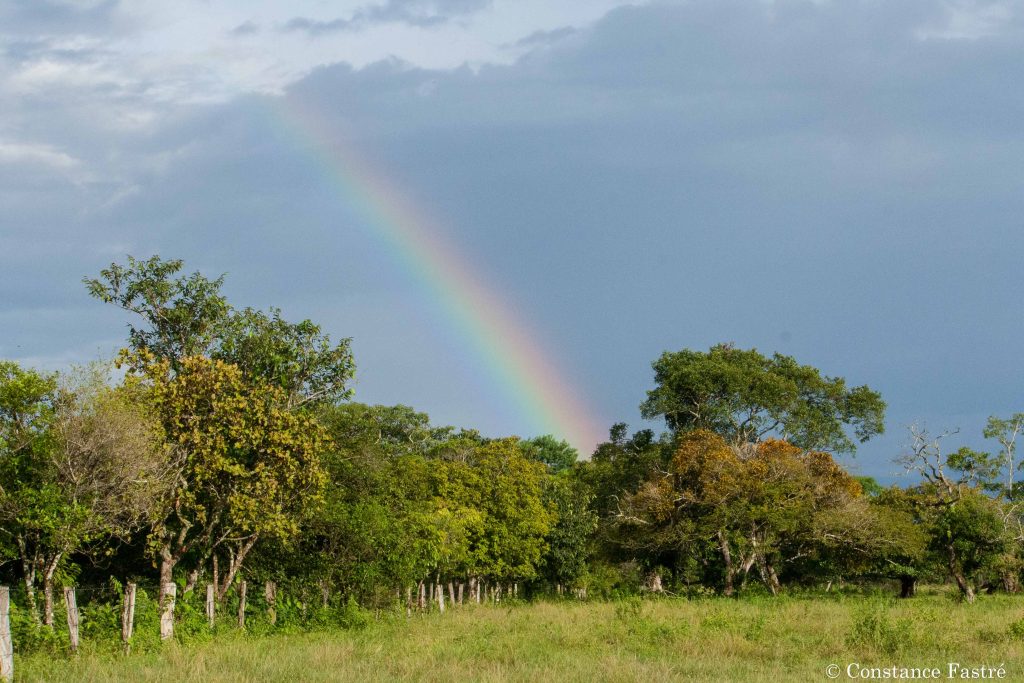
We had been walking a while in the forest when we heard scrambling in the trees above our heads. It took us a few seconds to find the first little head peeking curiously at us from among the leaves: we were surrounded by a troop of Margarita Island Capuchins (Sapajus apella). The group did not seem afraid of us, and we spent a few minutes trying to get a shot of the monkeys before they moved on and disappeared in the depths of the forest. It did not take long before we found another fantastic creature as we arrived on the river side: The Hoatzin (Opisthocomus hoazin). Sometimes called the reptile-bird, the hoatzin is famous for the fact that their chicks have claws on their wing digits which they use to climb trees.



Unless it is artificially drained, the ground in the llanos is permanently water-logged and rubber boots are a must. It means that one should be careful when walking around after it has rained: the path taken to enter the forest may have become a gushing river a few hours later, blocking any possible retreat to the weary traveler. After we had to take a long detour around one of these newly-formed rivers, we finally made it back to the hacienda for a well-deserved lunch and a much-needed nap (after having checked the surroundings for birds, obviously).

Our next and last stop in the llanos was the Eco-Hotel ‘La Fortuna’. With its views on the river Cravo Sur, the hotel is a gorgeous place to enjoy nature. The forest surrounding the grounds was teeming with wildlife and even though we were exhausted, we could not resist going on a night-time walk in the forest. We followed the path for a while, armed with a torchlight, but as we did not find more than a few gigantic spiders, we decided to inspect the fields on the other side of the hotel. As I scanned the horizon with my light, I could its reflection in dozens of eyes in the distance: the cows were clearly curious to know what was lurking around in the dark. Suddenly, I stopped: I had briefly seen four eyes glittering. Intrigued, I tried to find back the mysterious eyes, but they had disappeared. I was about to give up when I heard something huffing and puffing, right next to me! Almost scared, I lowered my light and there it was: the four-eyed creature we had not even hoped to see, a mother tamandua carrying her young on her back! The tamandua was running fast, clearly anxious to reach the next bit of woodland where it would go back to the safety of the trees. We took a quick picture and went away to avoid distressing the animals. We finally went to bed, as happy as two biologists can be. This was a beautiful reminder that the only way to see wildlife is to look for it.

The best time to look for the Brown Howler Monkeys (Alouatta guariba) is at dawn or dusk, when they are calling – or howling. Howler Monkeys use their incredibly loud calls to attract mates, but also to advertise their positions to other monkeys. In this way, they prevent other monkeys from coming to close and competing for food. Early the following morning, driven by the very loud noises, we found a male in the forest near the hotel. The monkey, easily recognizable with its bright orange fur, was lazily spread over a huge leaf, calling. The effect was rather comical, and we stole quite a few shots of the unaware monkey. Check out the video below to experience the howl of the monkey!
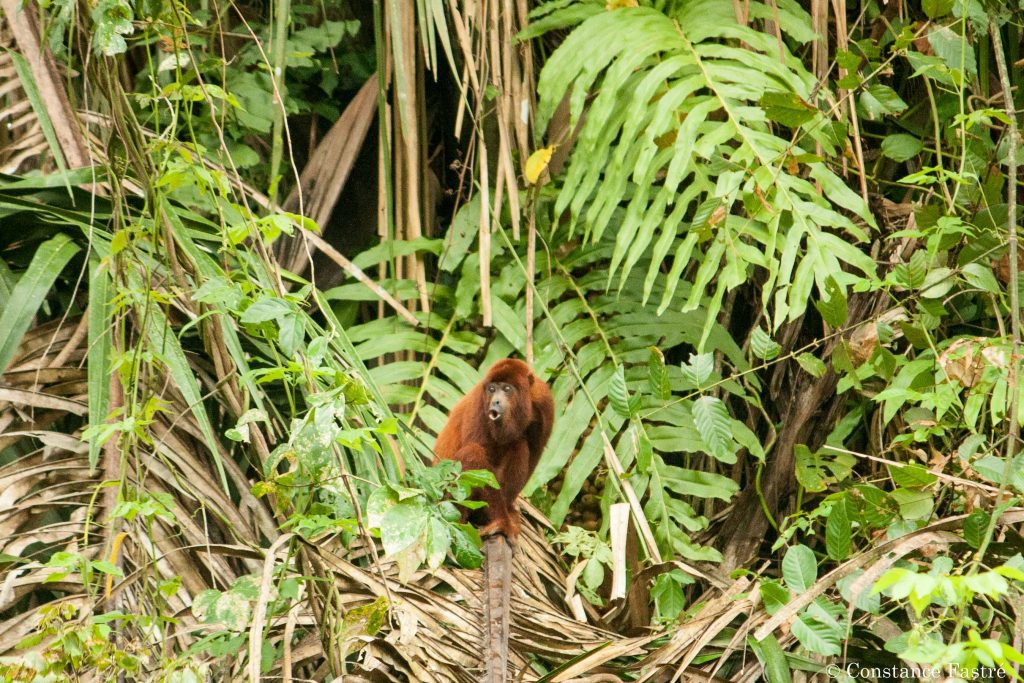


Our last afternoon in the llanos was spent cruising on the river Cravo Sur. We did not find the giant anacondas said to live in the denser parts of the forests where they prey on capybaras, but we did see a few Spectacled Caimans (Caiman crocodilus) and we enjoyed a wild and beautiful view.
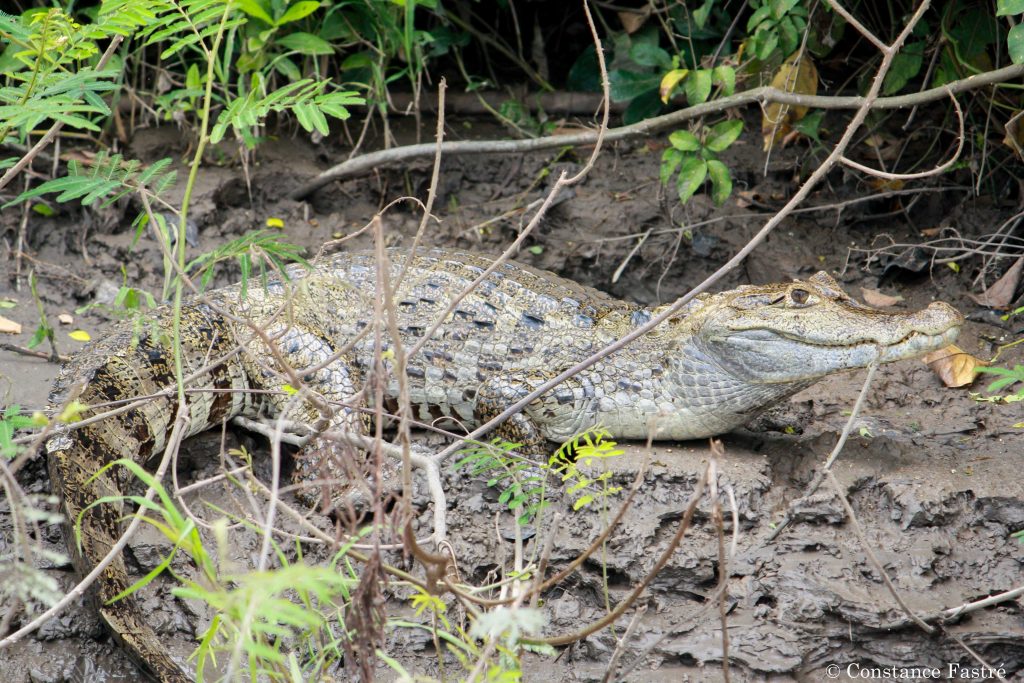

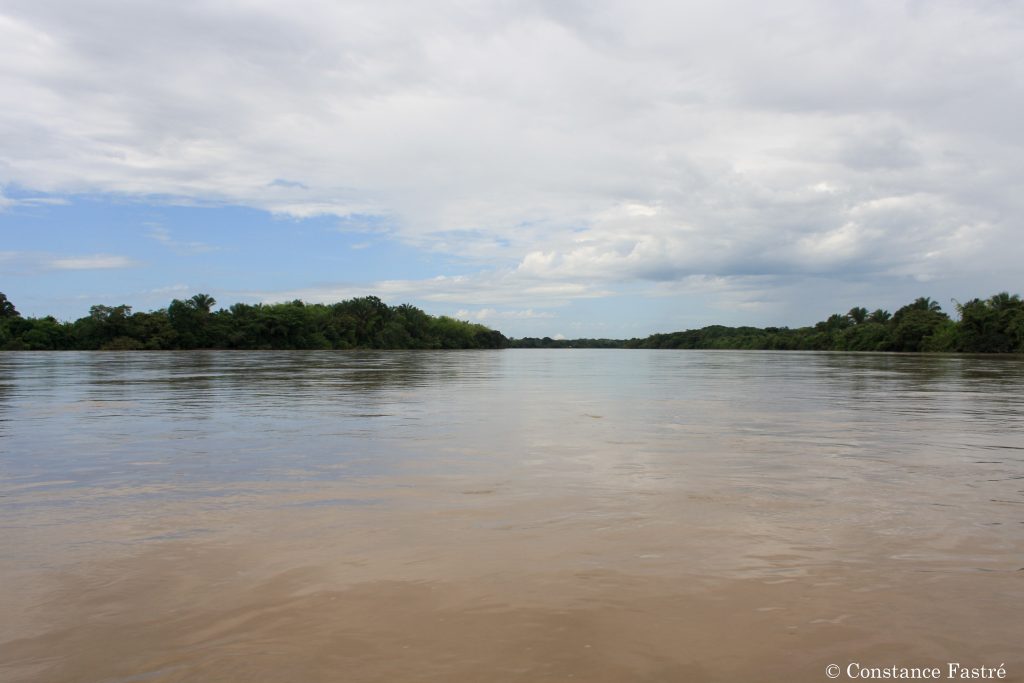
The llanos are a animal-lover’s paradise. In Colombia, conflicts have caused the llanos to be isolated for a long time, and it is even more difficult to visit the llanos in Venezuela due to the political instability. We were pleased to find nature reserves, wildlife-friendly management of the haciendas and eco-hotels as it encourages locals to be proud and to care for the nature. Many iconic species of the llanos, such as the Giant Anteater, are threatened by habitat destruction and hunting and we believe that eco-tourism has much potential to bring an incentive for and the means to protect nature. So if you ever have the chance to spend some time in Colombia near the city of Yopal, go and marvel at the beauty of the llanos. We did not regret it.
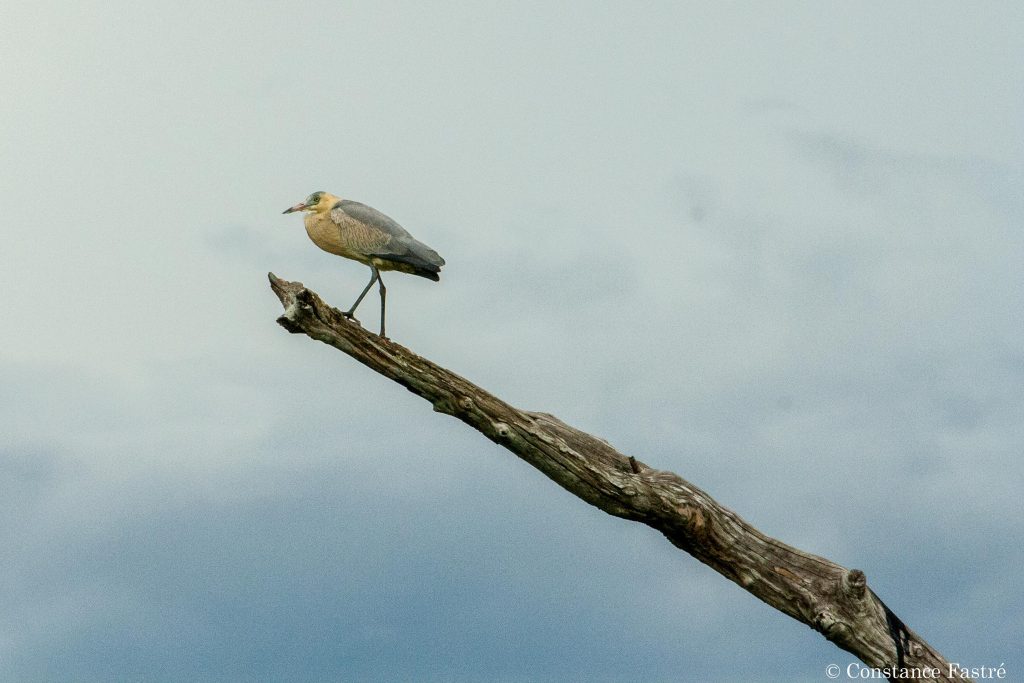
Wildlife 5/5
Three days was not enough to see everything there is to see in the llanos!
Landscape 3/5
Some areas are much prettier than others, with a lot of the area being fenced and heavily impacted by human activities
Wilderness 1/5
The area is entirely managed by people and densely populated with cows
Our verdict
The llanos are a very special place teeming with the most incredible wildlife


